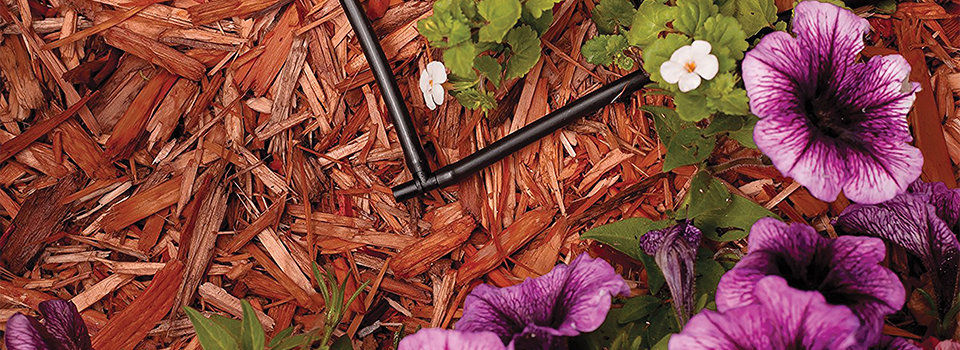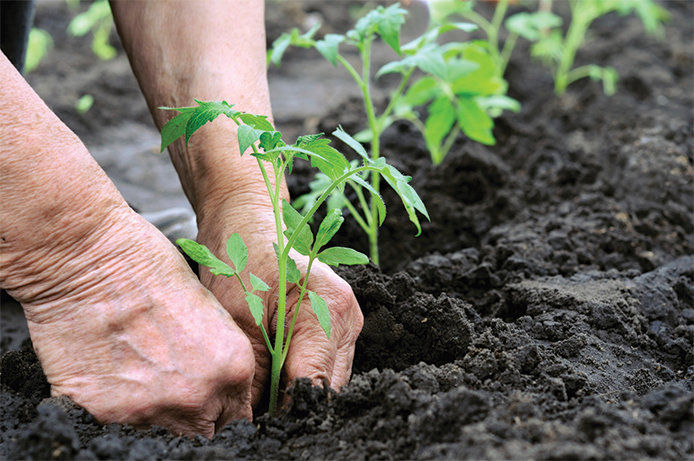How to Use Drip Irrigation at Home
A drip irrigation system is simply the most efficient way to water your non-lawn areas of your yard, including landscaping, raised garden beds, trees, shrubs, and more. The basic steps to connecting a drip irrigation system are as follows:
- Connect to a water source: using the faucet connection kit, attach to your spigot. You'll be able to control water flow and pressure via the connection kit.
- Unroll and place the tubing: many drip irrigation kits have tubing with small holes punched in it to allow drips of water to emit into the landscaping. You'll be able to insert connectors into the tubing in order to branch off to different areas and install emitters and sprayers to reach different plants, shrubs, and vegetables.
- Stake down the tubing: your kit should come with plastic stakes to hold the tubing in place once you've got it laid out the way you want. In general, the tubing should be about 12" apart as it runs through your garden.
- Clamp and cover with mulch: clamp or crimp the end of the hose off with the supplied clamp in your kit. Then, cover the tubing with a couple inches of mulch so that the emitted water doesn't evaporate on the surface before it gets to the plant roots.

